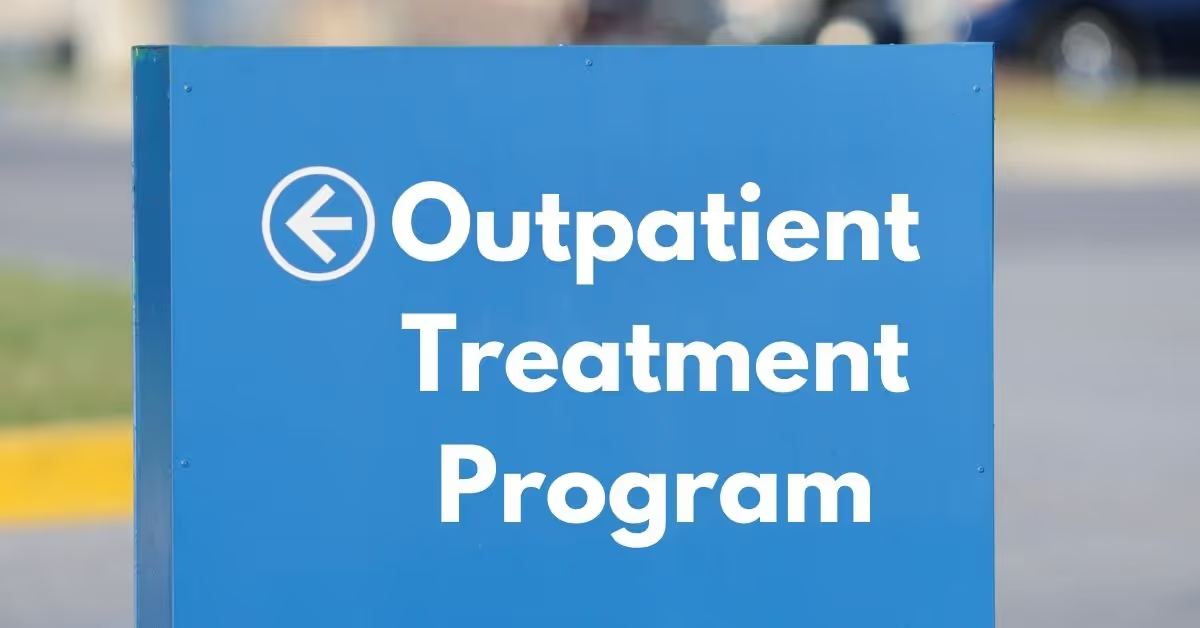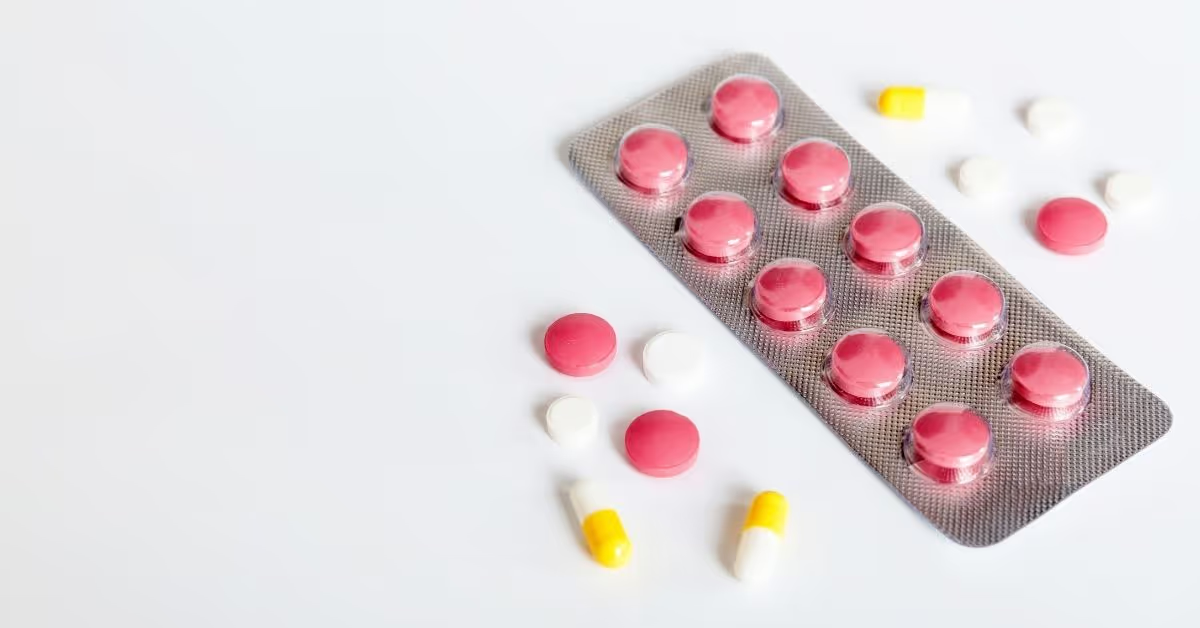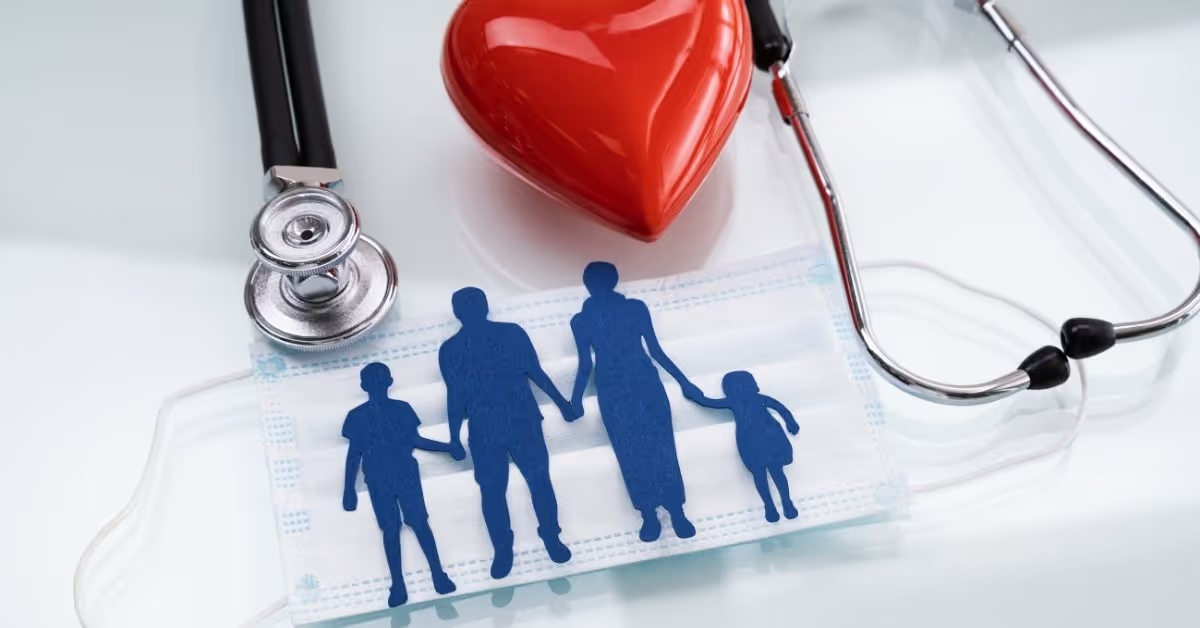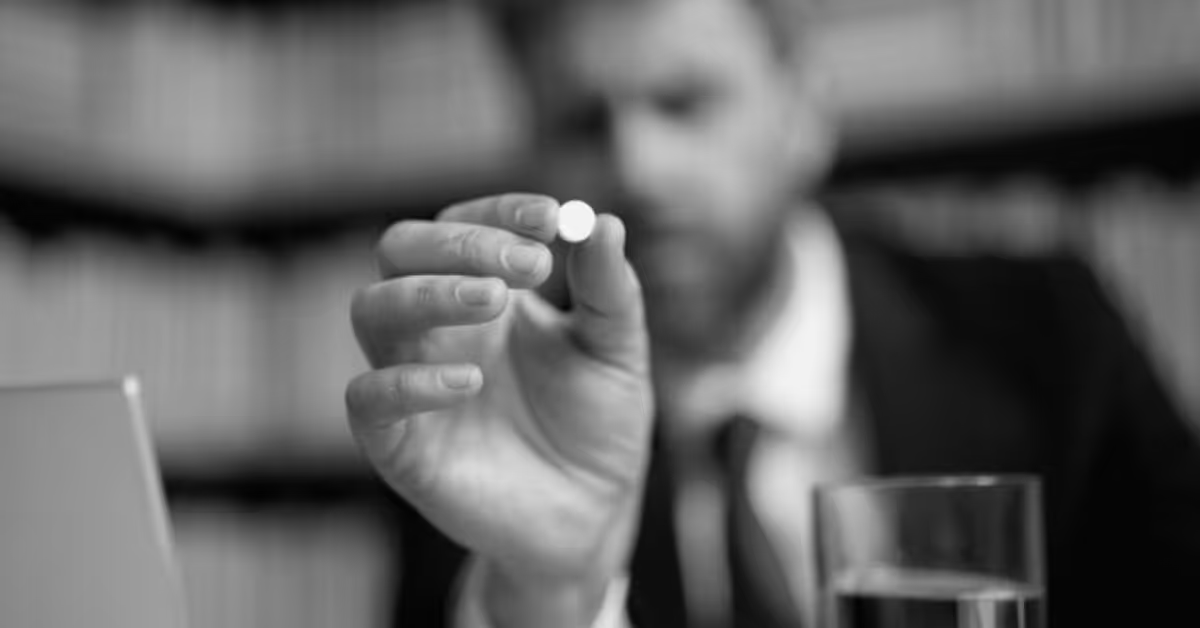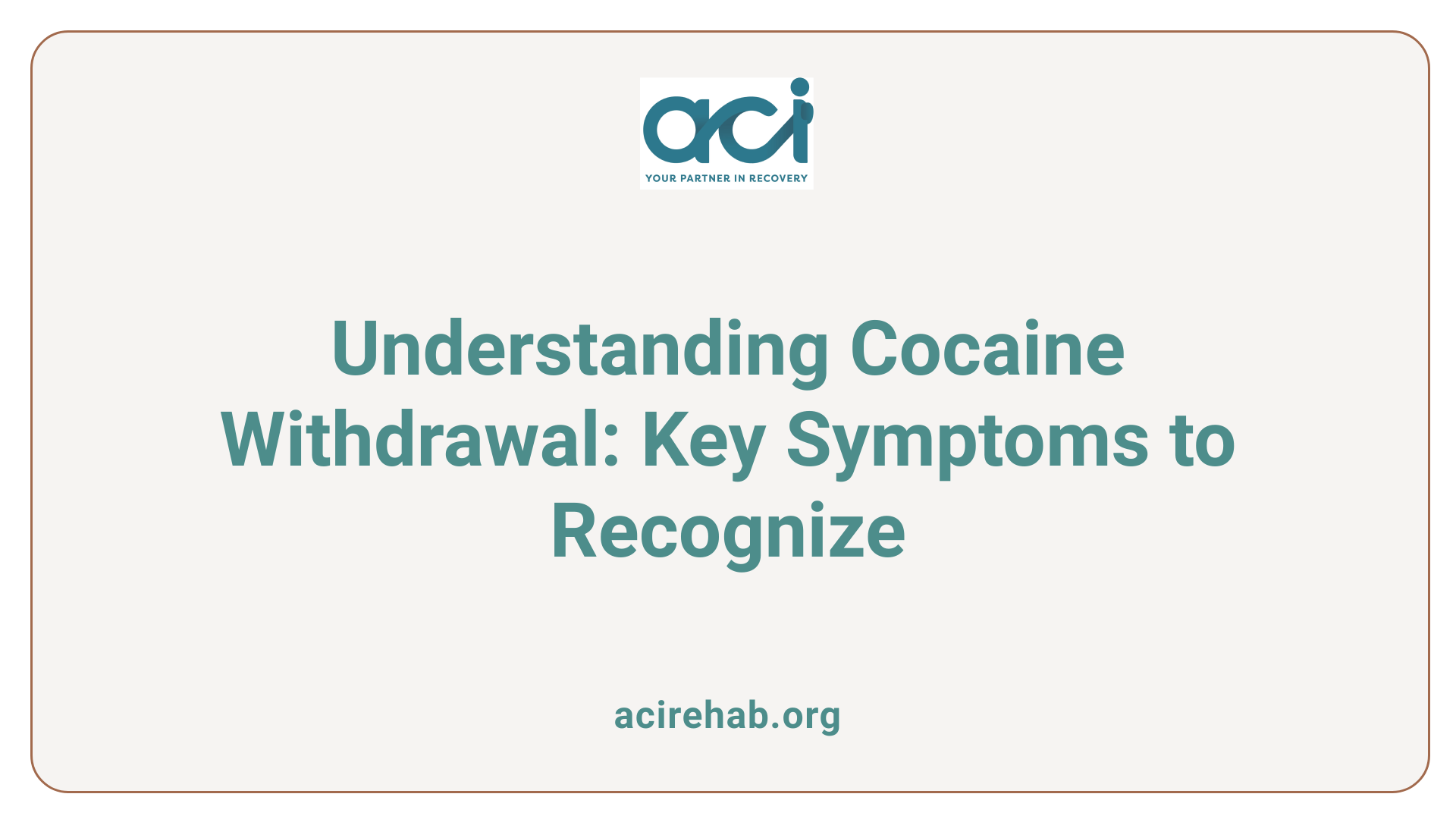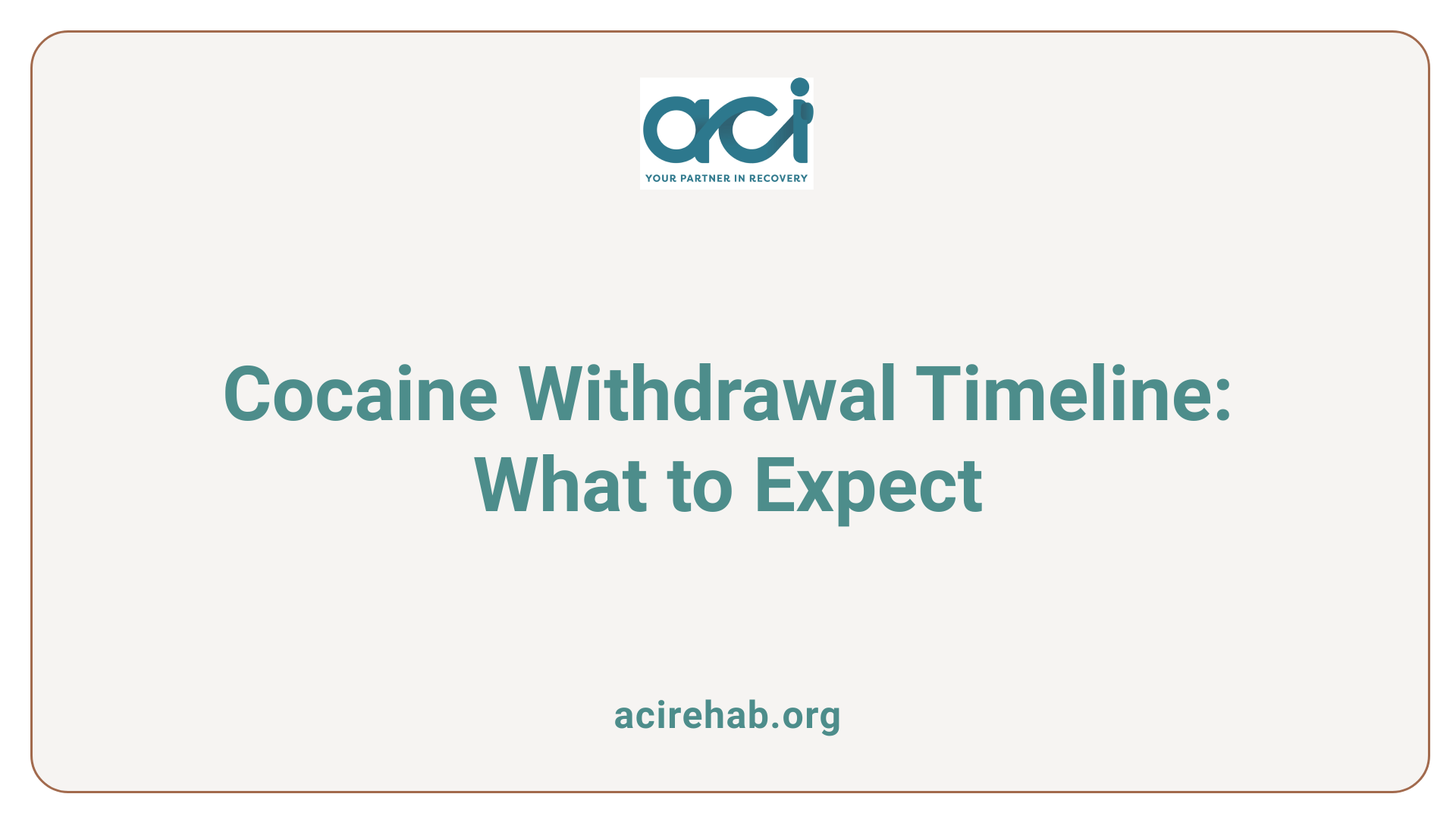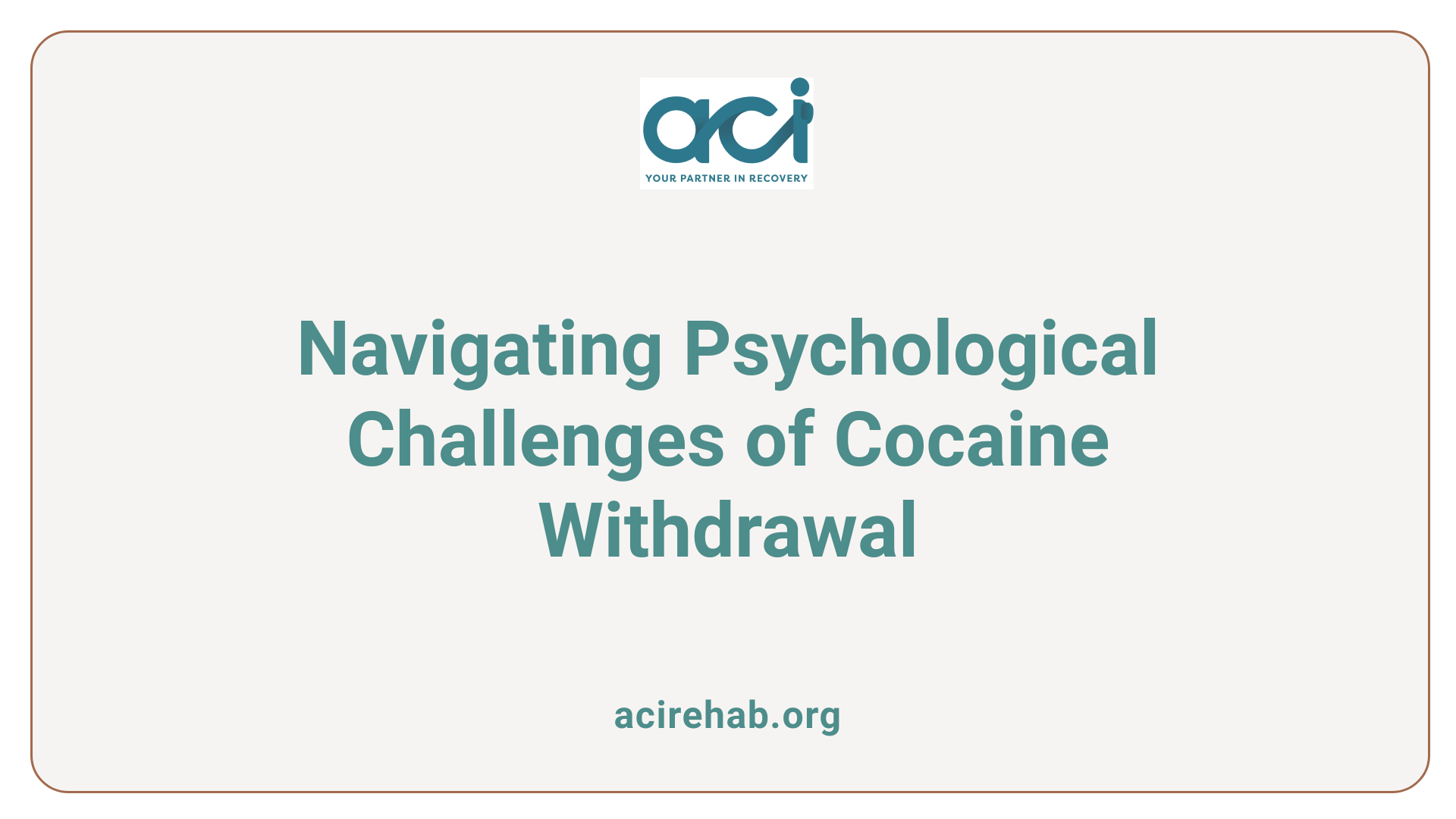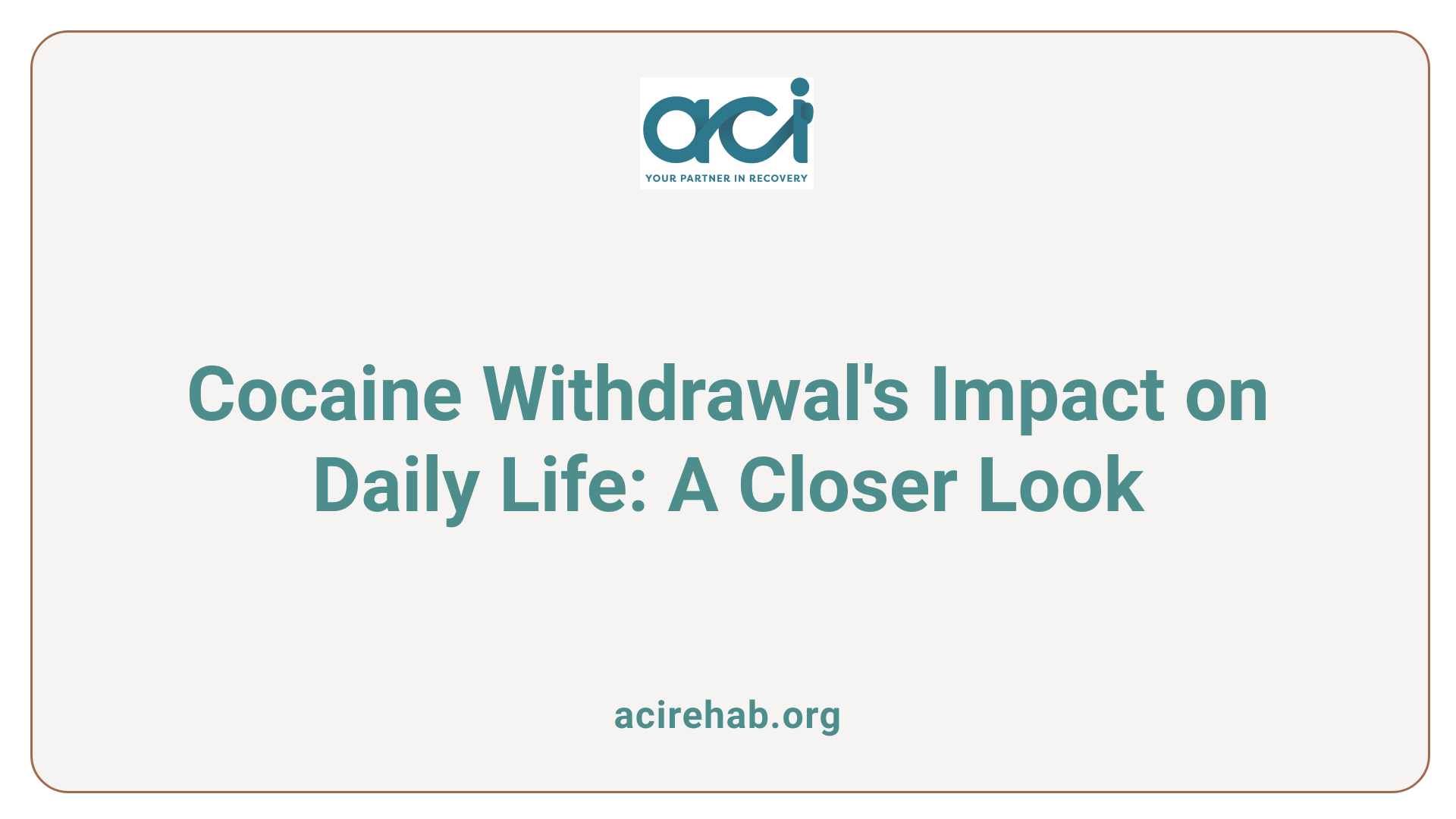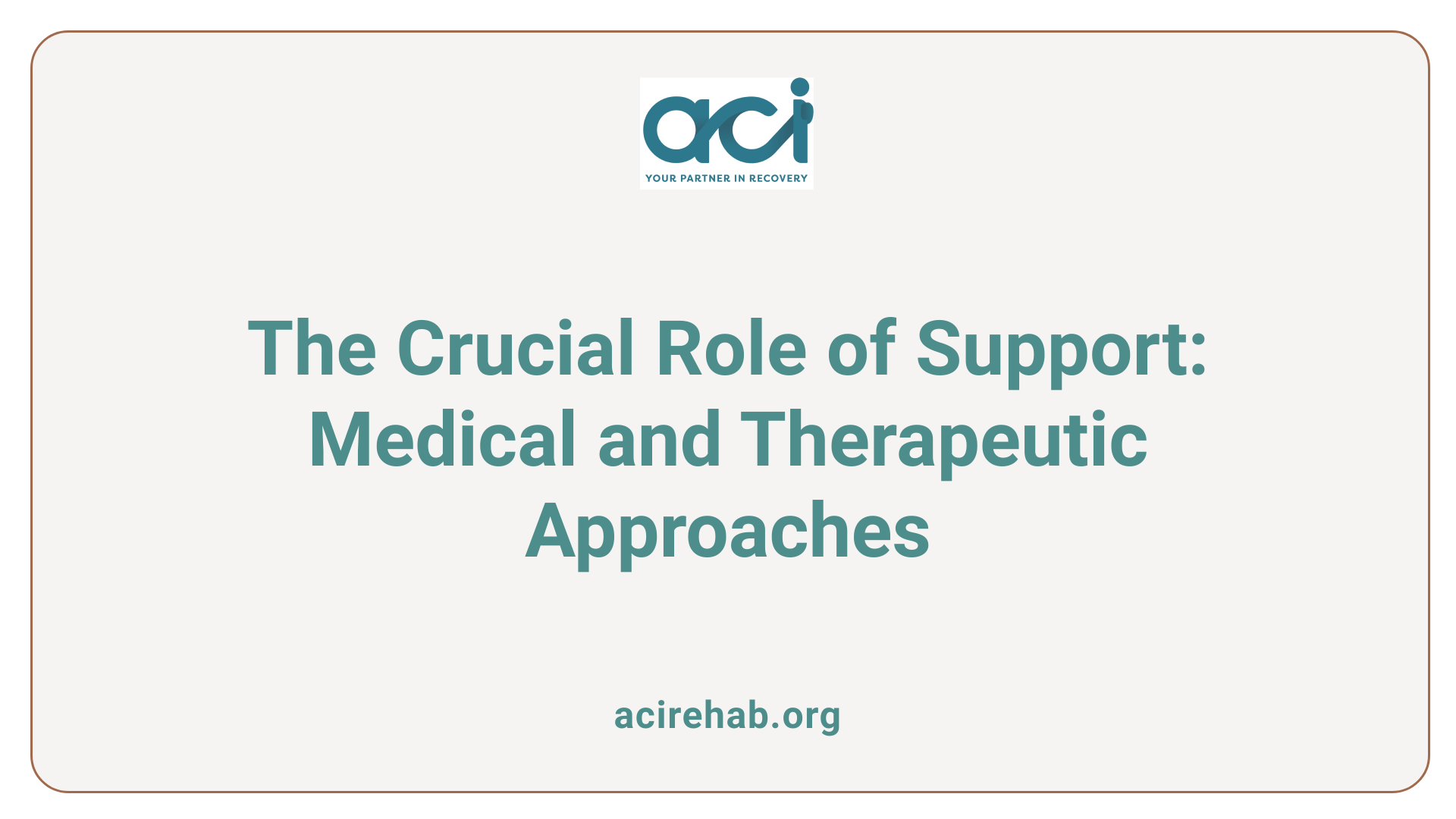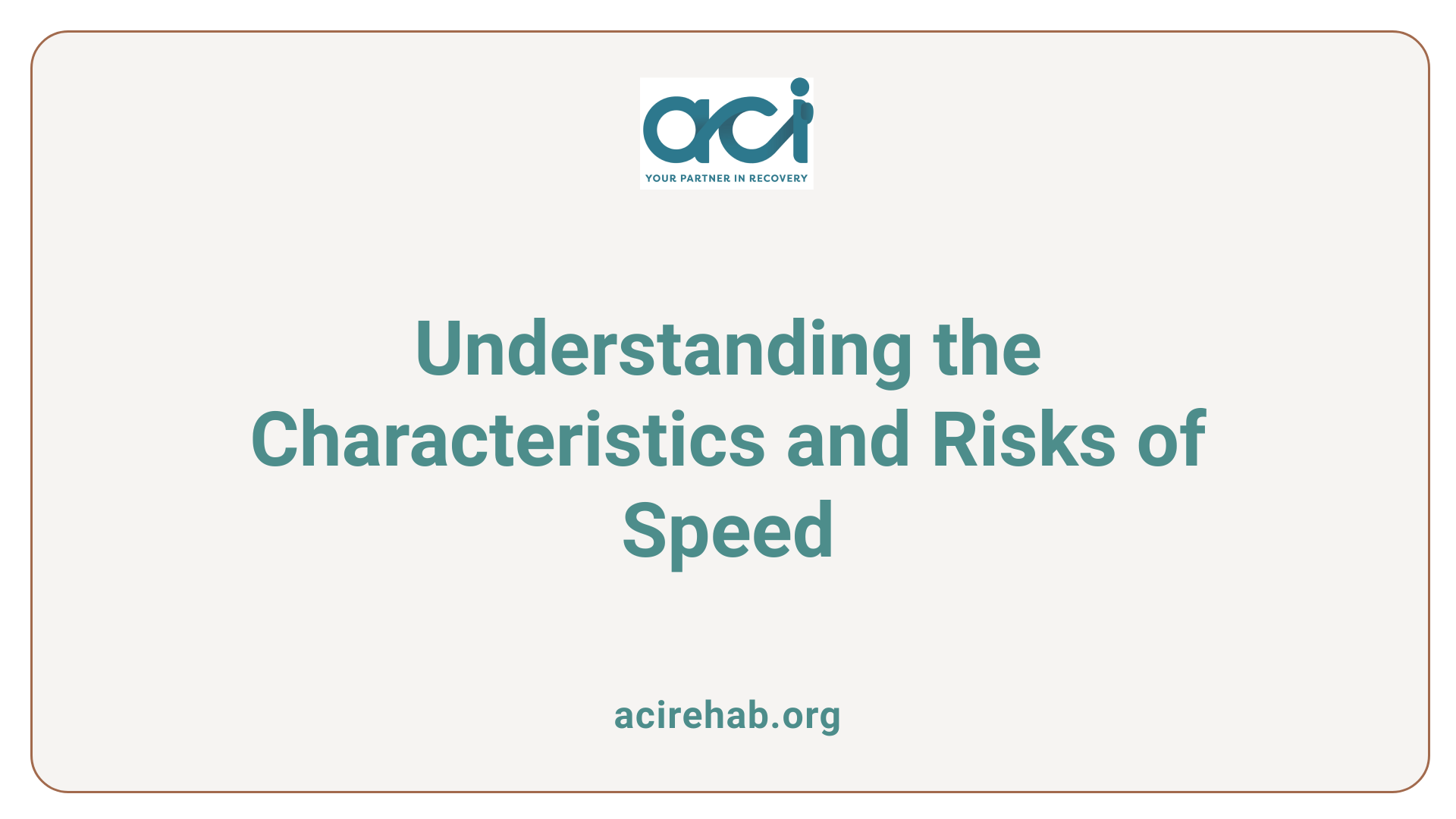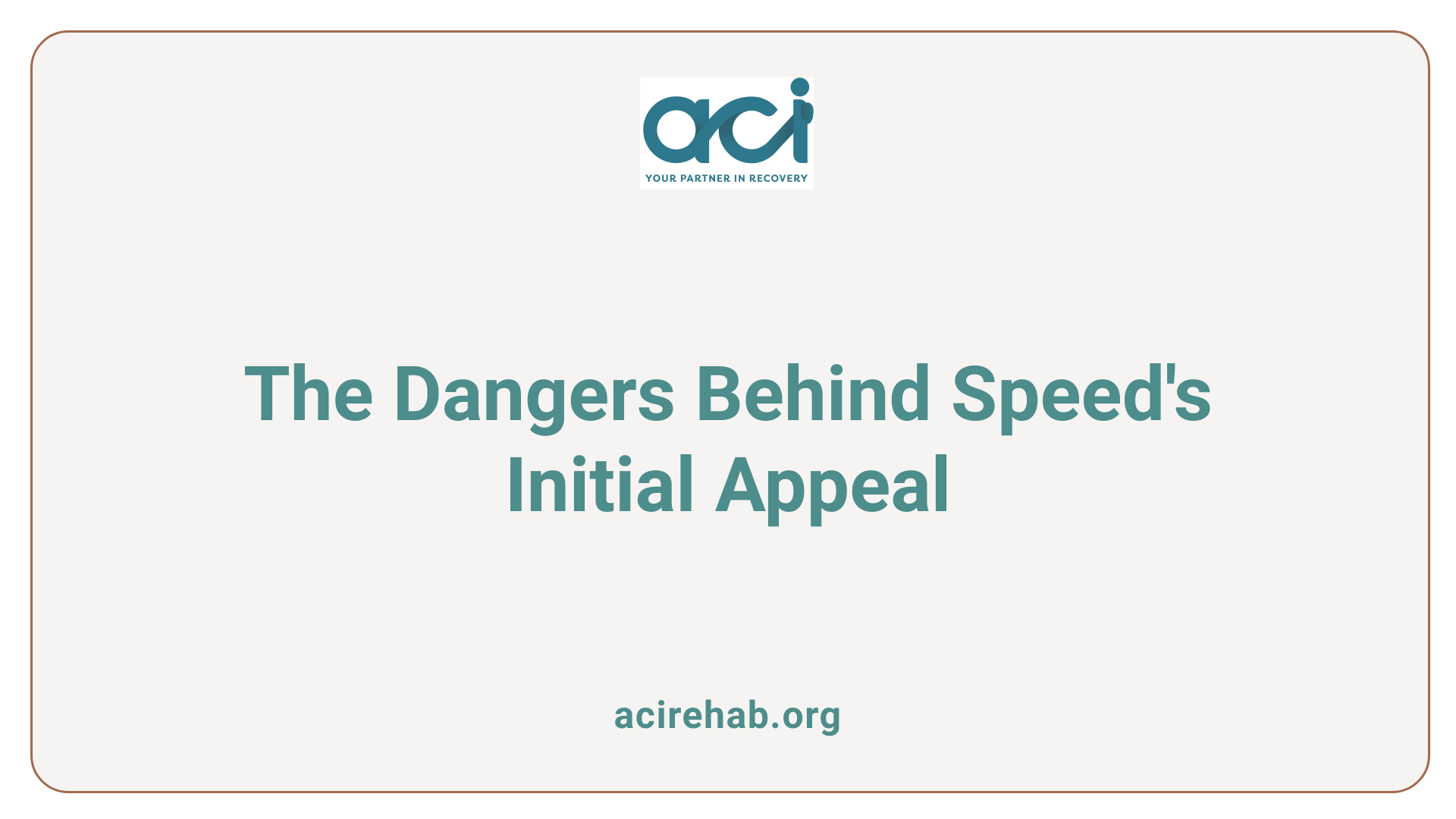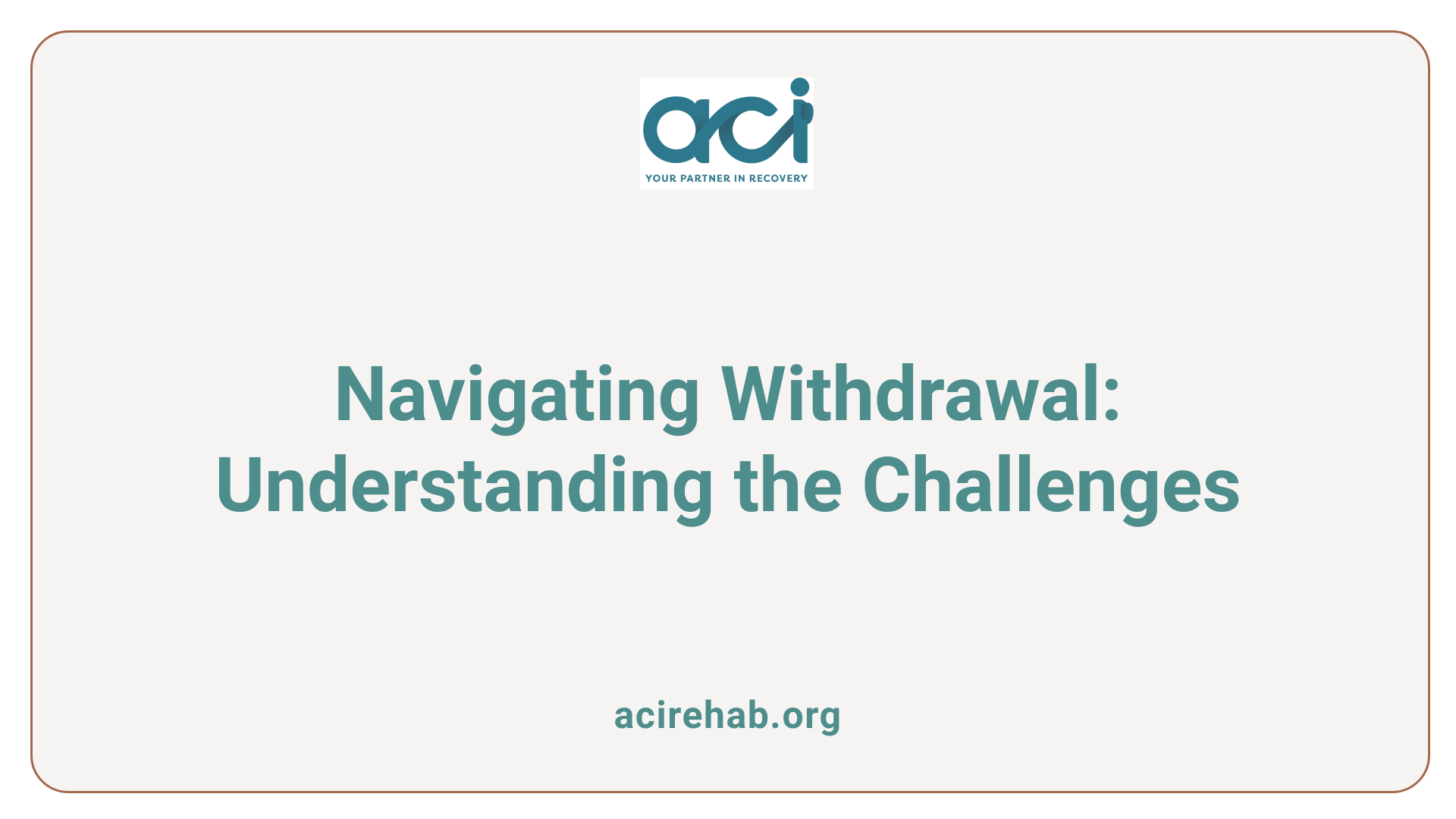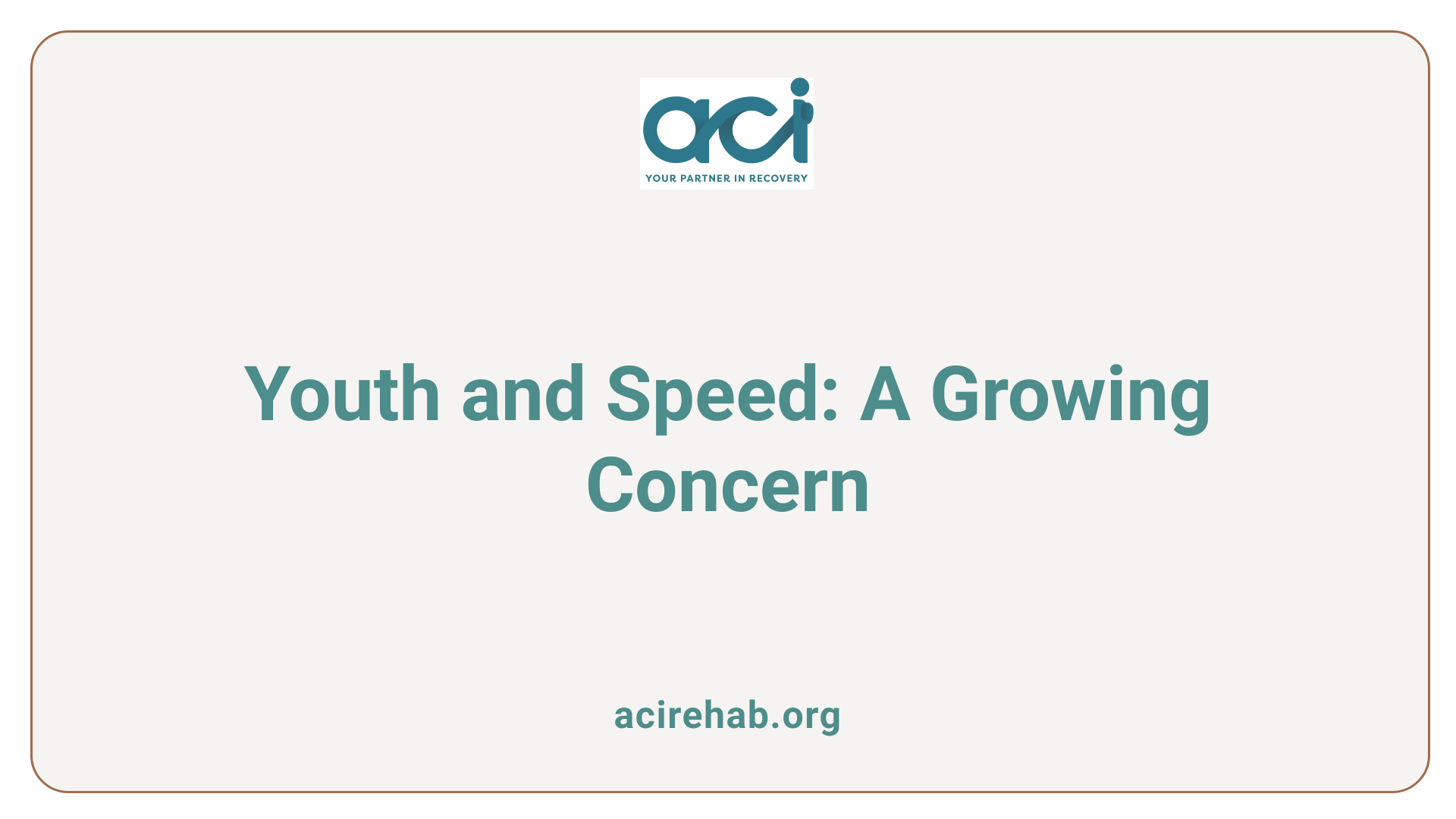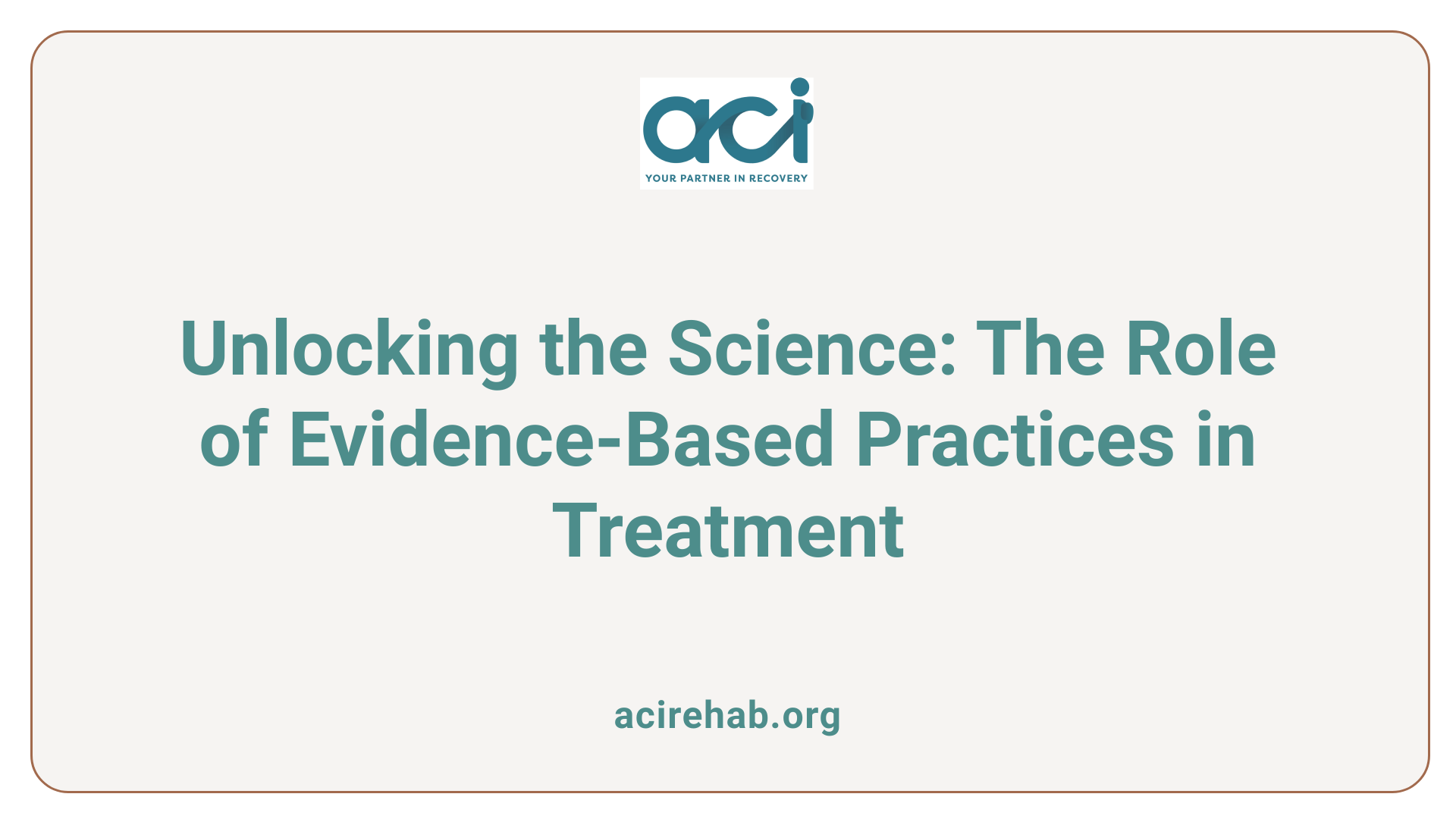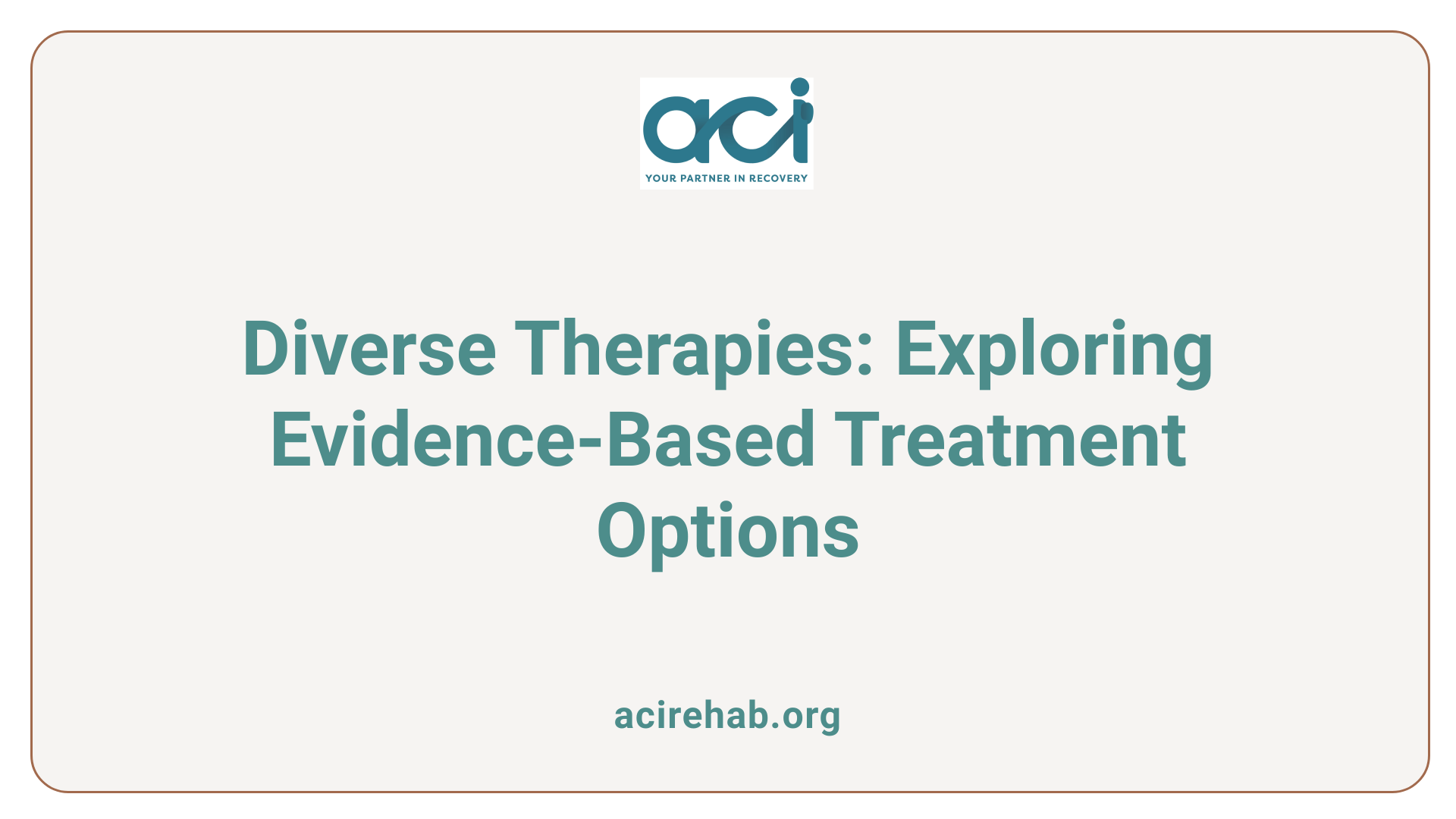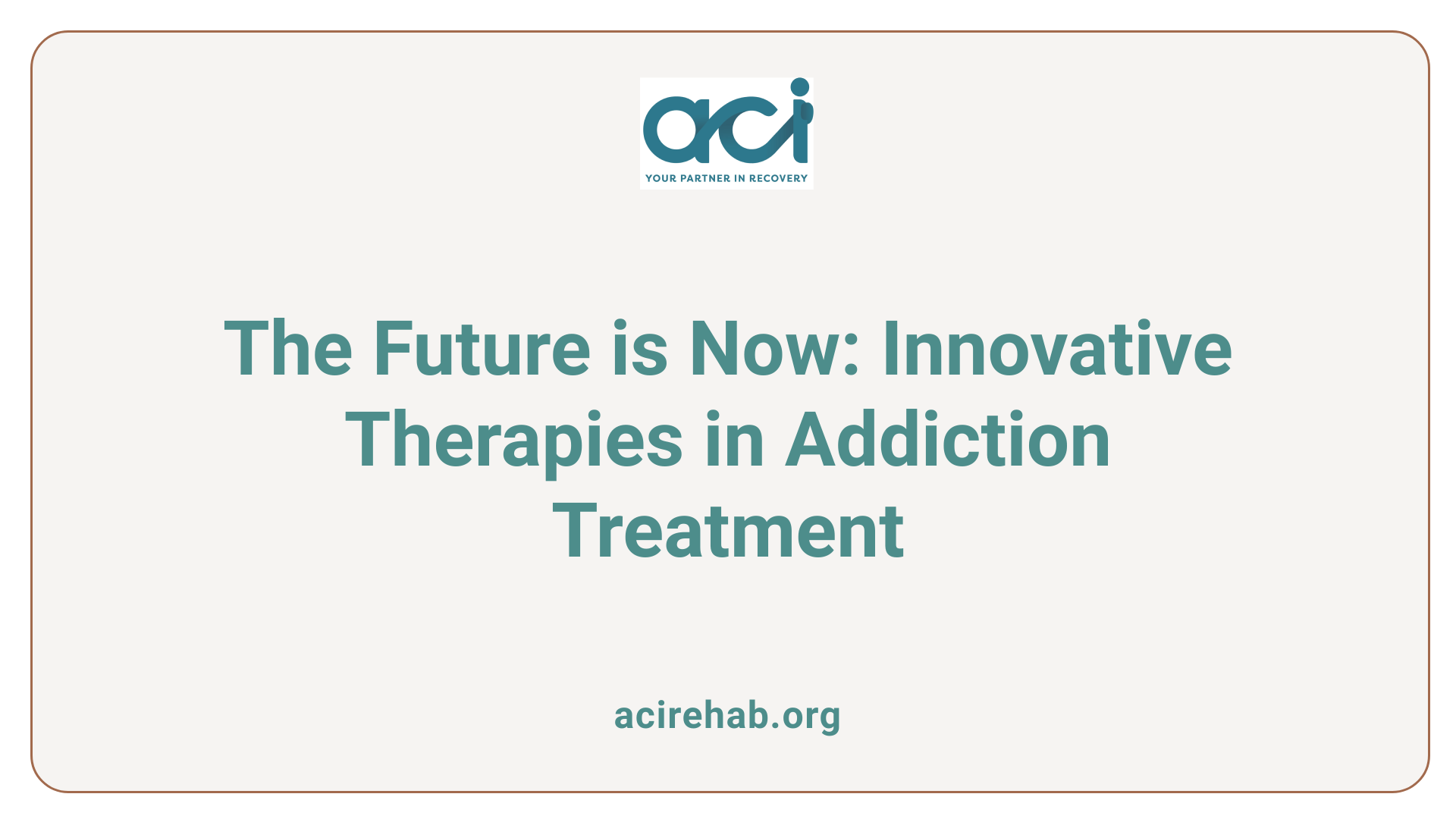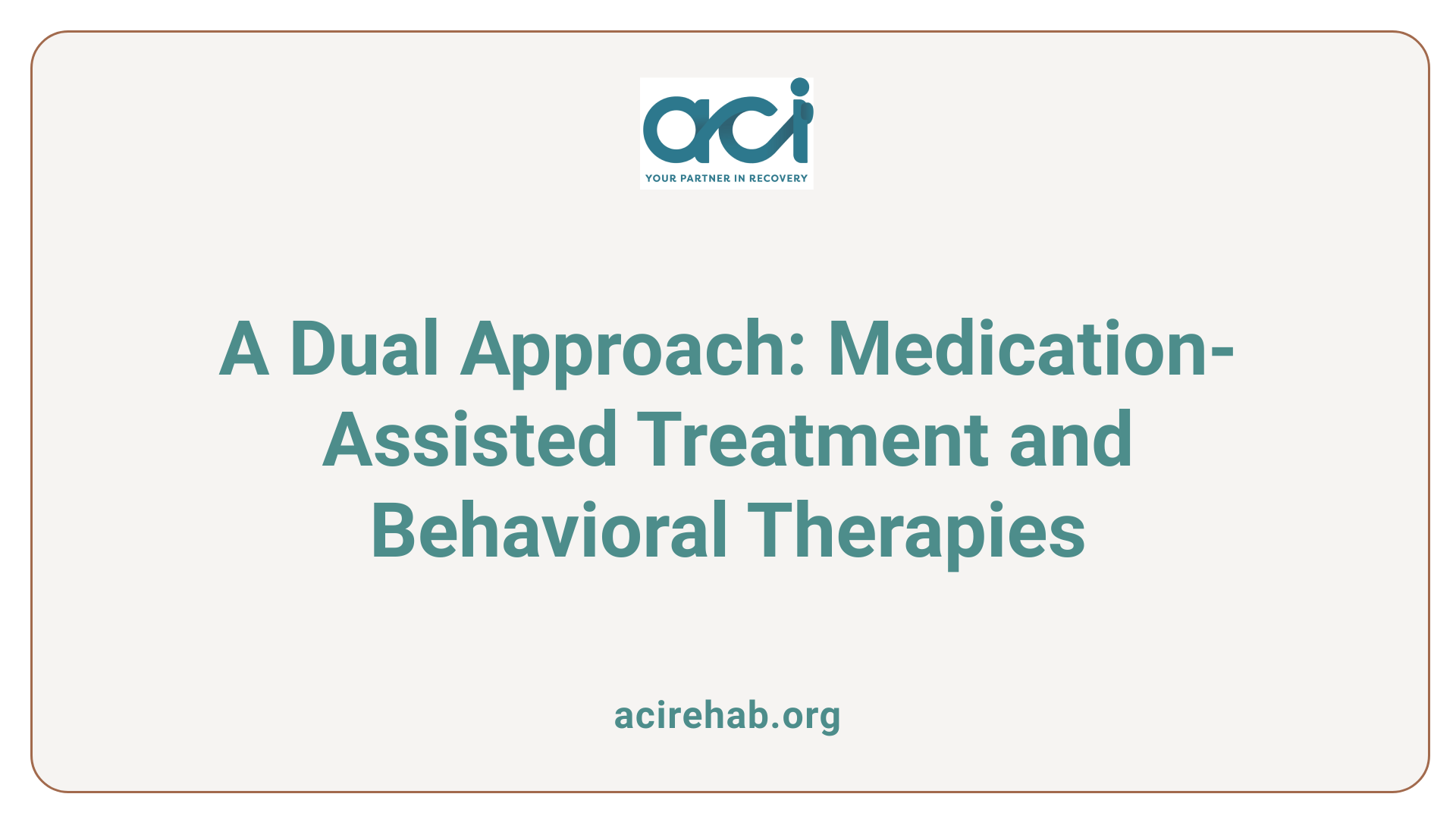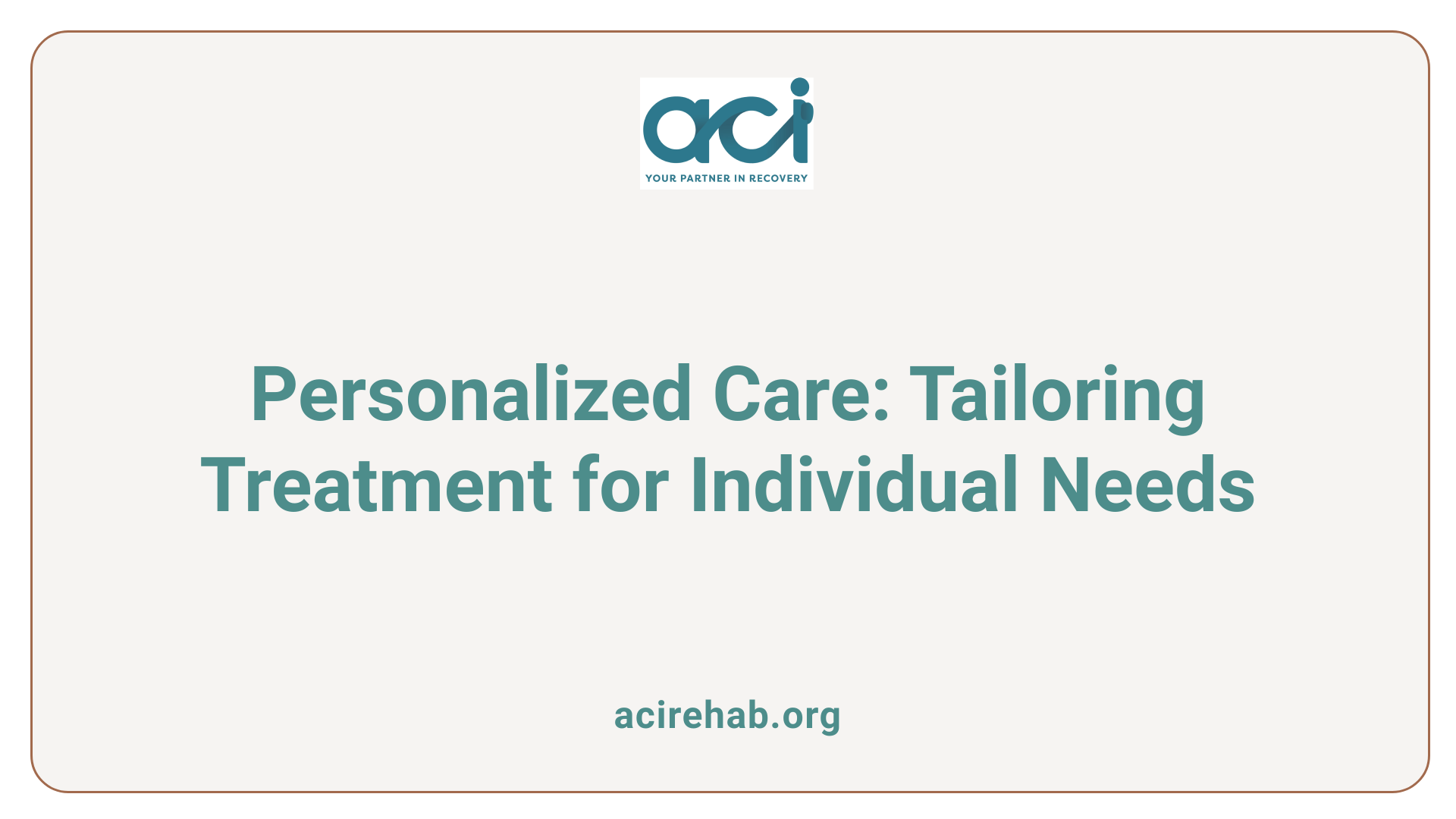Understanding Outpatient Treatment Programs
Outpatient treatment programs provide individuals with necessary support for managing health issues without the need to live in a facility. These programs play a critical role in treatment for various conditions, including addiction and mental health disorders.
Definition of Outpatient Treatment Programs
An outpatient treatment program is a type of healthcare service where individuals receive care while living at home. Participants typically attend scheduled sessions but do not reside at the treatment facility. This format allows them to engage in therapy, counseling, or other therapies while still maintaining their daily routines.
Key CharacteristicsDescriptionLiving SituationParticipants live at home or in a supportive housing arrangement.Treatment SettingServices in a clinic or community setting.Session ScheduleScheduled appointments vary from several times a week to less frequent visits.
Key Components of Outpatient Treatment Programs
Outpatient treatment programs typically include several essential components that support the recovery process. These components include therapy sessions, educational components, and ongoing support.
ComponentDescriptionIndividual TherapyOne-on-one counseling with a licensed professional.Group TherapySessions that involve sharing experiences and support among peers.Family InvolvementOpportunities for family members to participate in the recovery process.Education SessionsInformation about addiction, coping strategies, and lifestyle changes.Aftercare PlanningSupport for transitioning back into everyday life, including relapse prevention strategies.
Outpatient treatment programs are designed to be flexible and adaptable to meet the individual needs of participants. By understanding the definition and key components of these programs, individuals can make informed decisions about their treatment journey.
Types of Outpatient Treatment Programs
Outpatient treatment programs come in various formats designed to meet the needs of individuals seeking help. Below are the main types of outpatient treatment programs that are commonly available:
Intensive Outpatient Programs (IOP)
Intensive Outpatient Programs (IOP) provide a structured rehabilitation process while allowing participants to live at home. Typically, these programs require more time commitment and frequently include various therapeutic activities throughout the week.
FeatureDetailsDuration3-5 days a weekSession Length3-5 hours per sessionFocusIntensive therapy and supportIdeal ForModerate addiction issues
Partial Hospitalization Programs (PHP)
Partial Hospitalization Programs (PHP) offer a similar structure to inpatient treatment but allow individuals to return home each night. PHP provides comprehensive treatment focusing on stable mental health and wellness.
FeatureDetailsDuration5-7 days a weekSession Length6-8 hours per sessionFocusDaily monitoring and therapyIdeal ForSevere mental health issues
Standard Outpatient Programs
Standard Outpatient Programs are the least intensive option and typically involve weekly sessions designed to provide ongoing support. These programs often include therapy and support groups tailored to individual needs.
FeatureDetailsDuration1-3 days a weekSession Length1-2 hours per sessionFocusRegular support and therapyIdeal ForIndividuals needing ongoing help
Each type of outpatient treatment program has unique characteristics tailored to address various stages of recovery. Understanding these options can help individuals determine which program may best fit their specific needs.
Benefits of Outpatient Treatment
Outpatient treatment programs offer numerous advantages for individuals seeking recovery. These benefits make such programs appealing to a wide range of participants.
Flexibility in Scheduling
One of the primary benefits of outpatient treatment is the flexibility it provides. Individuals can schedule their therapy sessions and appointments based on their personal needs and other commitments. This flexibility allows them to participate in essential activities while receiving care.
AspectDescriptionSession FrequencyTypically, sessions are held 1-3 times per week.Session LengthEach session usually lasts between 1 to 3 hours.CustomizationClients can work with their providers to create a schedule that fits their lifestyle.
Ability to Maintain Daily Responsibilities
Outpatient treatment allows participants to keep up with their daily responsibilities. Whether it’s work, school, or family commitments, individuals can continue their routines while attending therapy. This aspect can alleviate anxiety that comes with stepping away from normal life.
ResponsibilityDescriptionEmploymentClients can maintain their jobs, leading to financial stability.EducationAttendance in school or college is possible with flexible scheduling.FamilyIndividuals can fulfill family obligations, helping to maintain relationships.
Cost-Effectiveness
Outpatient programs are often more affordable than inpatient treatment. This cost-effectiveness can make recovery more accessible for a broader audience. People can receive quality care without incurring significant expenses associated with staying at a facility.
ComparisonOutpatient TreatmentInpatient TreatmentAverage Cost per Month$1,000 – $2,500$10,000 – $60,000Insurance CoverageOften more covered by insuranceCoverage may vary greatlyCo-PaysGenerally lowerHigher due to facility costs
These benefits illustrate how outpatient treatment programs address the needs of individuals seeking recovery, making them a viable option for many.
Who Can Benefit from Outpatient Treatment Programs
Outpatient treatment programs are designed to support a variety of individuals dealing with different issues. Understanding who these programs benefit can help in determining the best treatment options.
Individuals with Mild to Moderate Addiction Issues
Those facing mild to moderate addiction challenges are often ideal candidates for outpatient treatment. This approach allows individuals to receive essential support while maintaining their daily routines. The flexibility of outpatient programs is particularly beneficial for those who do not require the intensive care provided in inpatient settings.
Addiction SeverityCharacteristicsMildOccasional substance use, minimal impact on daily lifeModerateRegular substance use, some interference with responsibilities
Those Who Have Completed Inpatient Treatment
Individuals who have previously undergone inpatient treatment may find outpatient programs beneficial for continued support. After a stay in an inpatient facility, transitioning to an outpatient program can help reinforce recovery strategies and provide ongoing counseling in a less restrictive environment.
Treatment StageBenefitsInpatientIntensive therapy and supportOutpatientContinued care, flexibility, and integration into daily life
People Seeking Ongoing Support
Outpatient treatment is also suitable for individuals seeking ongoing support for recovery or mental health management. This may include those dealing with anxiety, depression, or other mental health disorders. Regular therapy and support group meetings can offer essential tools for coping and maintaining wellness over time.
Support TypeExamplesMental HealthSupport for anxiety, depression, stress managementRecoveryRegular check-ins, therapy sessions, and accountability
Outpatient treatment programs provide an accessible option for various individuals, allowing them to receive the necessary help while continuing with their lives.
What to Expect in an Outpatient Treatment Program
Outpatient treatment programs are designed to provide support and therapy while allowing individuals to maintain their daily lives. Participants can anticipate engaging in various activities and exercises that contribute to their recovery journey.
Therapy Sessions
Therapy sessions are a core component of outpatient treatment programs. These sessions are conducted by licensed professionals and can take place in individual or group settings. The focus of these sessions includes exploring personal challenges, learning coping strategies, and developing healthier ways to handle stress.
Type of TherapyDescriptionFrequencyIndividual TherapyOne-on-one sessions focused on personal issuesWeekly to bi-weeklyGroup TherapySessions with peers, led by a facilitatorWeeklyFamily TherapyInvolves family members to improve relationshipsMonthly or as needed
Support Group Meetings
Support group meetings play a vital role in outpatient treatment. These gatherings provide a safe space for individuals to share their experiences and gain encouragement from others facing similar challenges. Led by trained facilitators, these sessions can help foster a sense of community and connection.
Type of Support GroupDescriptionFrequencyPeer Support GroupsGroups for individuals with similar experiencesWeeklyEducational WorkshopsSessions that focus on specific topics related to recoveryMonthlyRecovery Support GroupsOngoing support for long-term recoveryWeekly
Monitoring and Accountability
Monitoring and accountability measures are essential in outpatient treatment programs. They ensure that participants remain on track with their recovery goals. This may involve regular check-ins with counselors, drug testing, and progress assessments to determine the effectiveness of the treatment plan.
Monitoring MethodPurposeFrequencyCounseling Check-insTo assess progress and adjust treatment plansWeeklyDrug TestingTo ensure sobriety and commitment to recoveryRandom or scheduledProgress EvaluationsFormal assessments of goals and achievementsMonthly
Understanding what to expect in an outpatient treatment program helps individuals prepare for the journey ahead. Therapy sessions, support group meetings, and monitoring practices are integral to the comprehensive approach to wellness and recovery.
Success Rates and Considerations
Understanding the success rates and various considerations in outpatient treatment programs is essential for individuals seeking help for their challenges. Several factors can influence the outcomes of these programs.
Factors Affecting Success in Outpatient Treatment
Several key elements can impact the effectiveness of outpatient treatment. These factors include the individual’s readiness for change, the quality of the program, and the presence of any co-occurring mental health issues.
FactorImpact on SuccessIndividual ReadinessHigh readiness can lead to better outcomes.Quality of ProgramAccredited programs tend to have higher success rates.Co-occurring IssuesPresence of mental health conditions may complicate treatment.Support SystemsStrong support can enhance success.
Importance of Individual Commitment
Commitment plays a critical role in the success of outpatient treatment. An individual’s willingness to engage actively in their treatment plan, attend sessions consistently, and implement learned skills is vital.
Commitment LevelOutcome ProjectionHighIncreased likelihood of successful recovery.ModerateVariable outcomes, depending on additional support.LowHigher risk of relapse or incomplete recovery.
Support Systems for Long-Term Recovery
A robust support system significantly contributes to long-term recovery. Support may come from family, friends, or recovery groups. Engaging with others who understand the recovery journey can provide motivation and encouragement.
Support TypeDescriptionFamily SupportInvolvement from family members can create a stable environment.Friends in RecoveryPeers who have a similar journey can provide relatable experiences.Professional CounselorsOngoing therapy can help maintain progress and address challenges.
Recognizing these factors helps individuals make informed decisions about outpatient treatment programs. Each component plays a role in shaping the recovery journey and achieving lasting wellness.
Sources
https://www.serenitygrove.com/what-is-an-outpatient-treatment-program
https://seacrestrecoverycenter.com/what-is-an-outpatient-treatment-program

